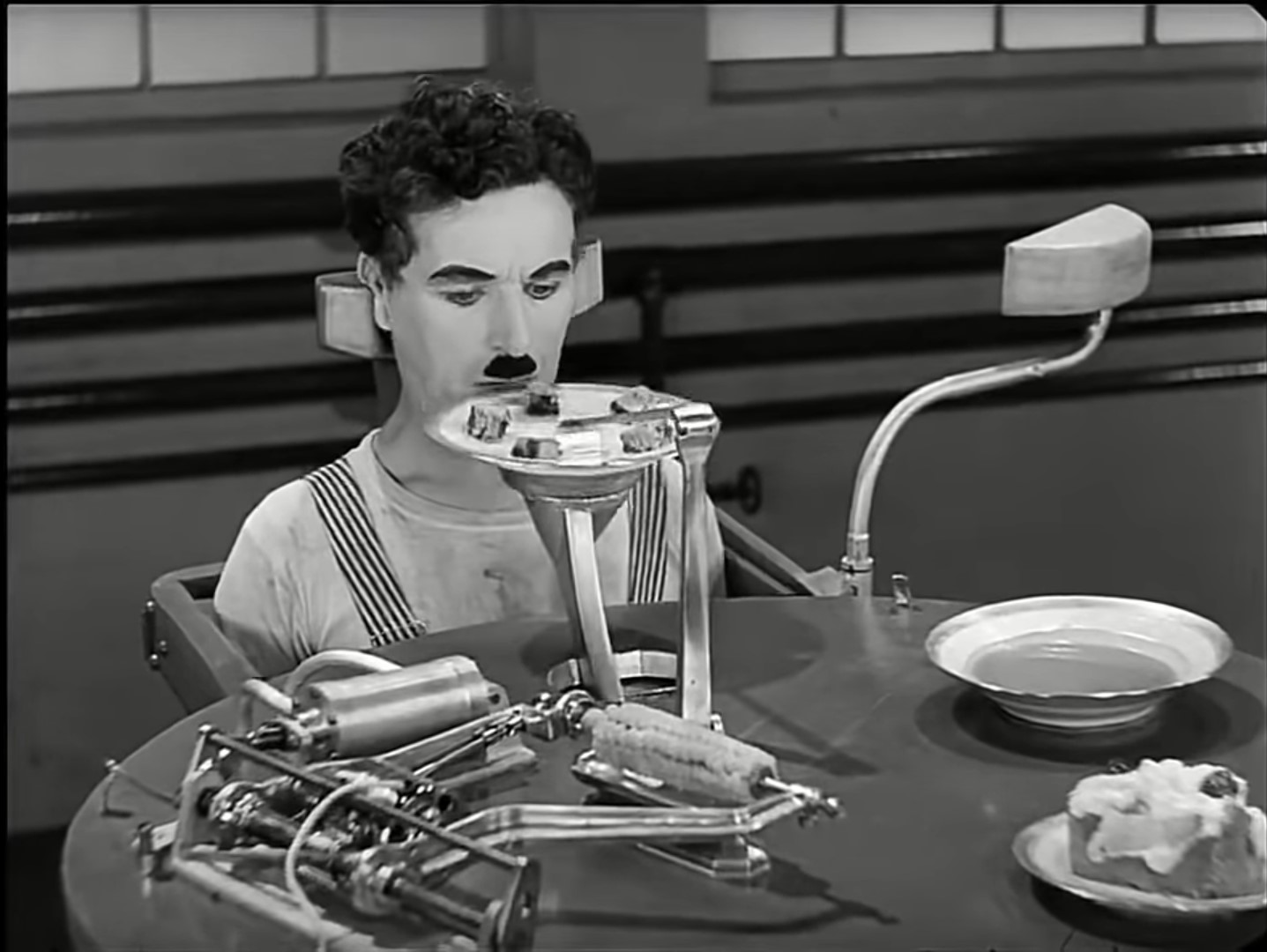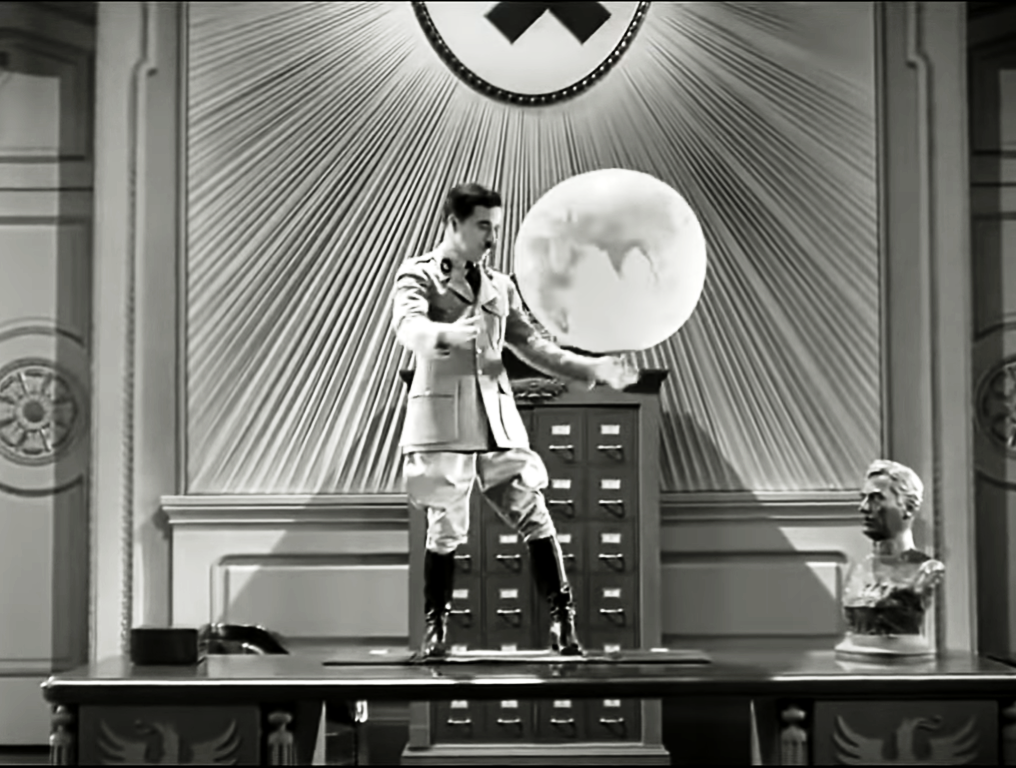This blog is a response to a blog task given by our Professor Dr. Dilip Barad Sir as a thinking activity. We had a movie screening of Charlie Chaplin's two movies Modern Times and The Great Dictator to understand the Setting of the 20th century.
Introduction:
In this blog I am going to discuss about the 'Zeitgeist' (Spirit of the time) of the 20th century through two movies Modern Times (1936) and The Great Dictator (1940). Both of the movies are produced, directed and starring by Charlie Chaplin. He was the only one who continued his tradition of making silent films in the era of sound films. The Great Dictator was his first sound film. In Modern Times Chaplin commented on the desperate employment and financial conditions many people faced during the Great Depression. Before getting into the Setting and the spirit of the time we should take a look at the brief history of the 20th century.
History of the 20th Century:
This century witnessed two world wars, the Great Depression of the 1930s, the Holocaust in Europe, the Cold War, revolutionary social equality movements, and the exploration of space. The modern era was dominated by Spanish flu pandemic, World War I and World War II, nuclear weapons, nuclear power and space exploration, nationalism and decolonization, technological advances, and the Cold War and post-Cold War conflicts. These reshaped the political and social structure of the globe.
The Industrial Revolution was accompanied with a great deal of changes on the social structure. It distorted the family system as people moved into cities to get employment. Child labour and industrial slavery increased because of the Industrial Revolution. The factory workers became living machines. Industrial Revolution came with many consequences like Dangerous Workplace, Child labour, Environmental Health, horrible living Place for Workers, A Stressful Lifestyle, Discrimination against women, income inequality, etc.
Modern Times (1936):

The modern times is set during the Great Depression. The protagonist the factory worker finds himself struggling to deal with the modern equipment that he must operate every day. He found it difficult to work there affecting work of the other workers. The above Frame of the clock, suggesting that life of the contemporary people depends upon the cycle of clock. Everybody does the same things over and over again like the cycle of the clock.


In this frame can see that the inventors of the automatic feeding machine and the factory workers are testing the machine on the factory workers. The invention of this automatic machine was not for owners’ ease but it for the workers so they don’t have to take the launch break and in doing so production would not stop. This spare time of lunch are going to waste for the owners. In the second frame we can see that the protagonist is still working while the machine is feeding him. Another thing which is shown here is the malfunctioning of the machine. Modern era was the era of technological advances, no one was professional it was all experimental. According to A.C. Ward,
"Progress and regress, both, are fruits of the Scientific Revolution which has been the outstanding feature of this century."



Our protagonist, Tramp suffers from a nervous breakdown. After being hospitalized, he is cured but jobless, he leaves hospital to start a new life. He wished to help someone unaware that he is followed by the communist rally mistakenly becoming a communist agitator. He is arrested but released after preventing a jailbreak.


The Great Dictator:




The soldier is sent to the hospital where he remains for the next 20 years unaware of the changes that are taking place around him. He does not know that Hynkel has become Dictator of Tomania, and ruthlessly oppressing the Jews.








No comments:
Post a Comment